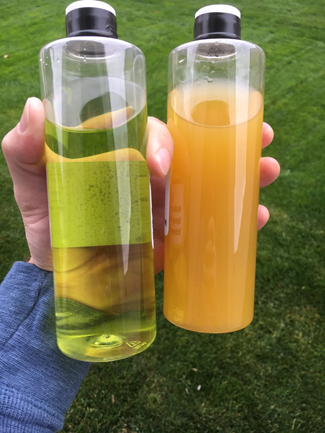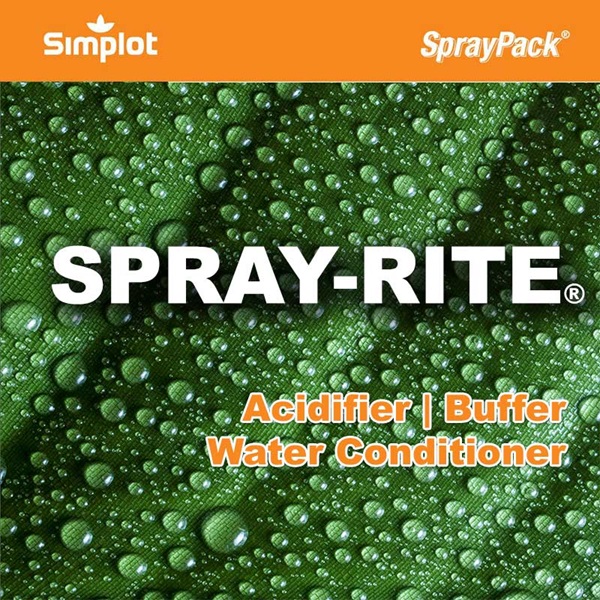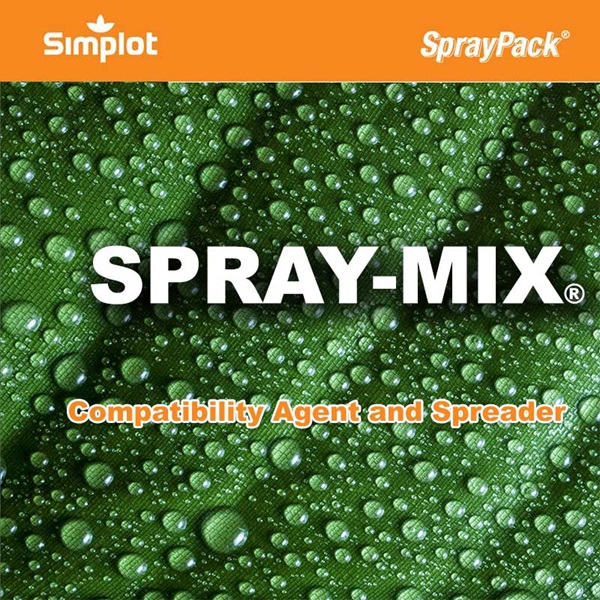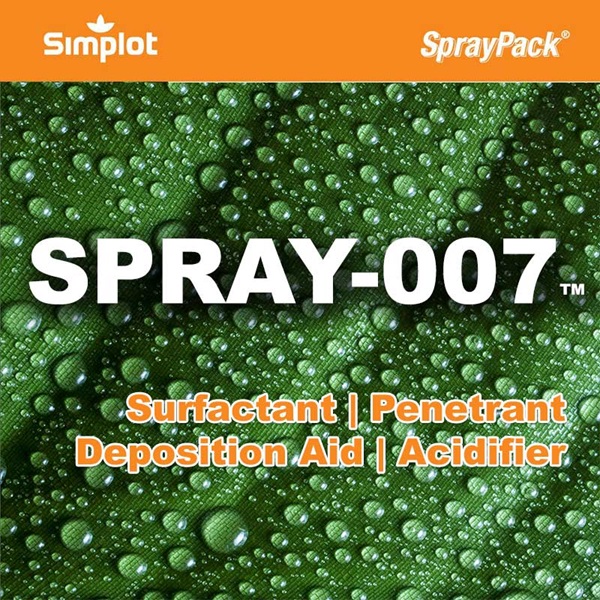Spray Tank Buffering Process for pH Adjustment
Buffering your spray tank water is important on a number of levels. Most pesticides on the market today are formulated to be sprayed with water and foliar fertilizer applications have increased in popularity over the last couple of decades.
Whether it is to protect the integrity of certain active ingredients from higher pH water or to improve the uptake of foliar fertilizers, following a simple sequence to buffer your spray tank solution is well worth some consideration.
-
Measure the pH of your Water Source
Knowing the pH of your source water is important as it will dictate which type of pH adjustment product will be required to achieve the results you expect. Some buffers will acidify (lower) the pH of your tank water, while others will basify (increase) the pH. There are a number of tools available to measure pH which range from the inexpensive paper strips to the higher end digital meters such as the FieldScout® SoilStik pH Meter from Spectrum Technologies. Choose a tool that you will feel comfortable using frequently to check water pH.
-
Check the Label of the Pesticide You Intend to Use
Pesticide labels are a legally-binding document for the applicator. It is critical to read the label of the pesticide or fertilizer product you intend to use and make sure that it does not expressly prohibit the use of any spray additives.
-
When Appropriate, Choose Commercially Available Spray Tank Buffer Product
In the Western U.S. high pH water is more common, even when using municipal water sources, which is why most will use an acidifier/buffer product for this process in an effort to lower, or acidify, the pH of their spray tank water. Spray-Rite® Acidifer/Buffer from Simplot Partners SprayPack is an easy-to-use, water-soluble powder that is widely used for this purpose.
-
Fill the Spray Tank 2/3 to 3/4 Full with Water
In order to protect the active ingredient or fertilizer product in the spray tank environment, it is important to treat a majority of the carrier water in the tank prior to the addition of any spray tank ingredients.
-
Check the pH of the Tank Water
It is a good idea to get in the habit of double checking the pH of the spray tank water while it is in the tank as this will be the actual pH of the water that you will be subjecting your spray ingredients to.
-
Add Spray Tank Buffer as Label Recommends
Spray tank buffer products will specify how much of the product needs to be added per a given volume of water. For example, if using Spray-Rite® to acidify your spray tank water, add the product to spray tank in ½ pound increments per 100 gallons of water until desired pH is achieved.
-
Recheck the pH of the Spray Tank Water
The last step is to ensure that the spray tank has reach a desirable pH level before adding any other spray tank ingredients. If the spray tank water requires more buffer product, repeat the previous step until desired spray tank pH is achieved.
-
Add Other Spray Ingredients
Once desired pH is achieved, continue with your mixing process by adding other products or spray tank components in an order as directed by the manufacturer.
Why is buffering your water important when spraying ferrous sulfate?



